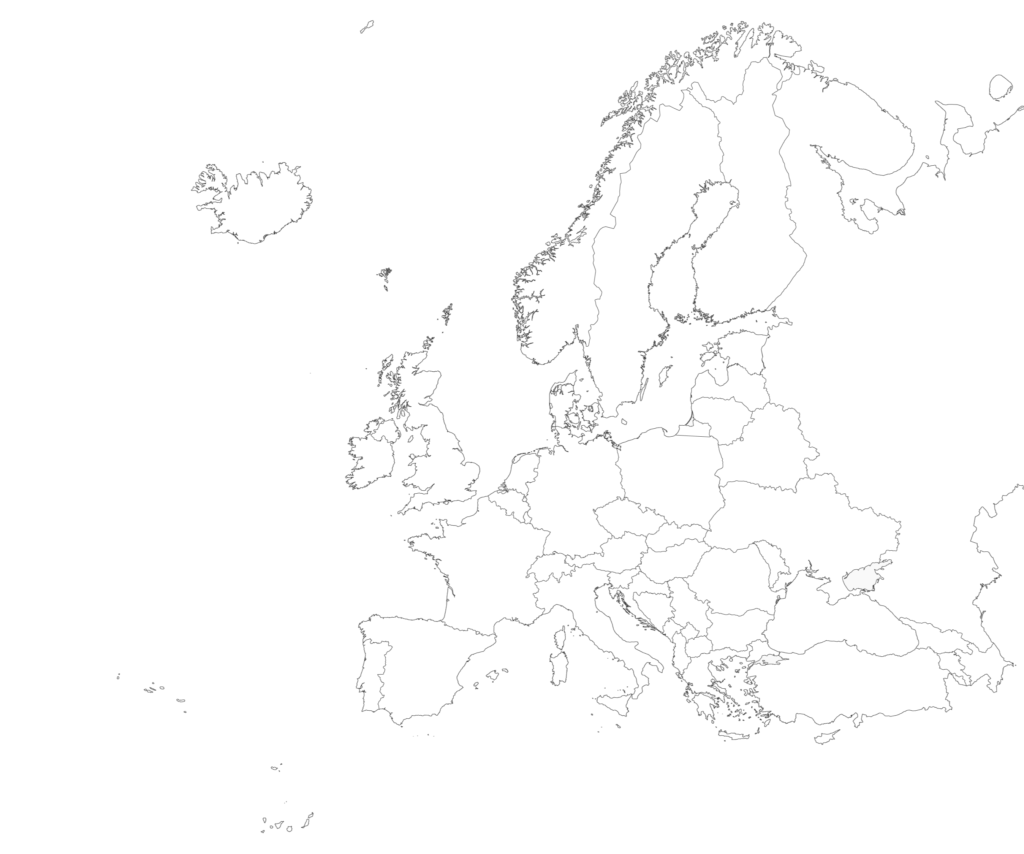
In the extreme northwest of Spain, behind the Montes de León, hidden from prying eyes, is our star region. It was, for the Romans, the end of the world. If you sailed west, you would fall where the sun sinks. The mystery of Galicia begins with the witches, some witches that inhabit the region. And it continues with the Santa Compaña, a nocturnal procession of wandering souls.
With a seafaring tradition, the Galicians are famous throughout the Americas for sailing there in search of work. The Galician women, however, care for the fields and the cows, a physical task they continue to do even when they are over 80.
A place where eating until you are fed up is tradition. The most international recipe is the pulpo á feira, served with potatoes, paprika, and oil. What does the sea taste like? To barnacle. It is the most coveted shellfish. Plucking it from the rocks near the water when the tide goes out, it’s so risky that, sometimes, it costs the barnacle fishers their lives. Albariño white wine is the preferred local pairing with both.
If yours is a good steak, you are in the right place. The Galician T-bone steaks, beef or cow, will leave you perplexed. Imagine a steaming 2-kilo piece on a hot plate. They accompany the curious Padrón Peppers, some are hot, and others are not.
Finisterre, the end of the earth, is a mystical place facing the Atlantic. The wildest nature is present in the rough and treacherous waters surrounding it. Its lighthouse warns navigators of the beginning of the Costa da Morte. It earned its name from the multiple shipwrecks caused by the sharp rocks and the storms. The sunset from here is a unique millennial spectacle.
To the south, along the Rías Baixas, opposite the Ría de Vigo, are the Cíes Islands. A virgin natural environment home to the largest colony of seagulls in Europe. With its white sand and crystal clear waters, Rodas Beach is considered the best in the world.
Finisterre
Galician
Barnacles
Grass
Botafumeiro
September, May, and June are perfect for enjoying pleasant temperatures and little tourist influx. Escape to Galifornia! For the rest of the months, the rain is unpredictable. Make sure to bring a raincoat if you do the Camino de Santiago at the beginning of spring.
A Coruña, Santiago, and Vigo have international airports. Along its 1,600 km coastline, one hundred thirty ports offer shelter from the waves to ships. From neighboring Portugal by car. Or on a pilgrimage, on foot, by bike, or on horseback from anywhere along the paths to the end of the world.